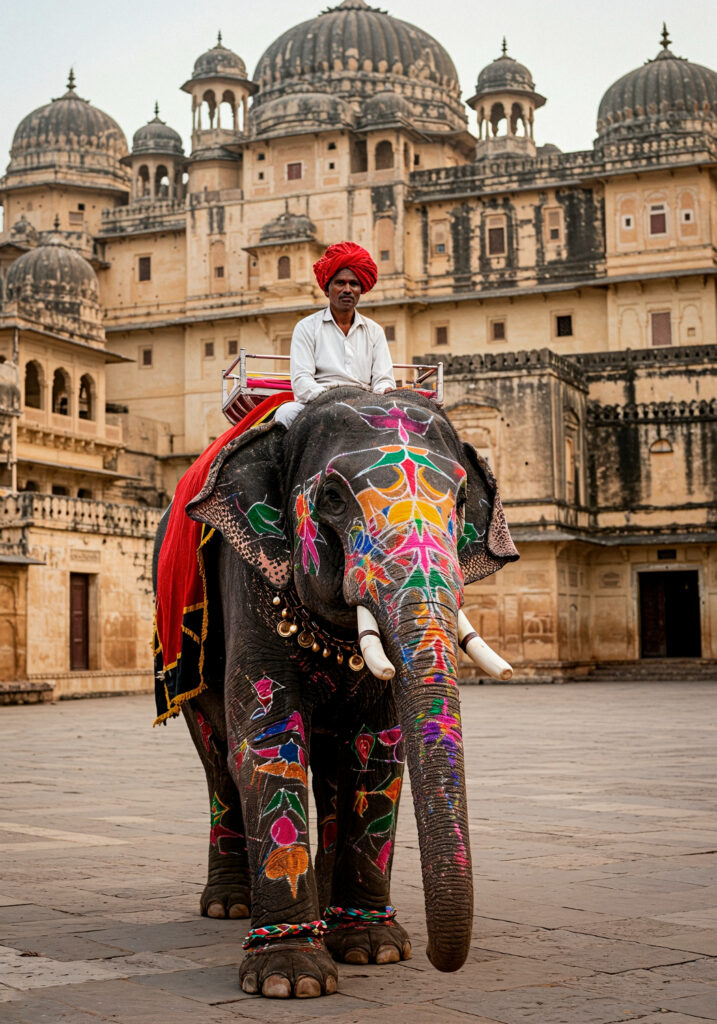Our Region
The Rajasthan
Rajasthan is a state in northern India. The state covers an area of 342,239 square kilometres or 10.4 percent of the total geographical area of India. It is the largest Indian state by area and the seventh largest by population..the Indian subcontinent. It is bounded to the north and northeast by the states of Punjab and Haryana, to the east and southeast by the states of Uttar Pradesh and Madhya Pradesh, to the southwest by the state of Gujarat, and to the west and northwest by the provinces of Sindh and Punjab in Pakistan. The capital city is Jaipur, in the east-central part of the state. The Aravalli (Aravali) Range forms a line across the state running roughly from Guru Peak on Mount Abu (5,650 feet [1,722 metres]), near the town of Abu in the southwest, to the town of Khetri in the northeast. About three-fifths of the state lies northwest of that line, leaving the remaining two-fifths in the southeast. Those are the two natural divisions of Rajasthan. The northwestern tract is generally arid and unproductive, although its character shifts gradually from desert in the far west and northwest to comparatively fertile and habitable land toward the east. The region includes the Thar (Great Indian) Desert.he Aravallis form Rajasthan’s most-important watershed. To the east of the range, the Chambal River—the only large and perennial stream in the state—and other waterways generally drain toward the northeast. The principal tributary of the Chambal, the Banas River, rises in the Aravallis near the great Kumbhalgarh hill fort and collects all the drainage of the Mewar plateau. Farther north, the Banganga, after rising near Jaipur, flows east toward the Yamuna before disappearing. The Luni is the only significant river west of the Aravallis. It rises near the city of Ajmer in central Rajasthan and flows some 200 miles (320 km) west-southwest into the Rann of Kachchh in Gujarat state. Northeast of the Luni basin is an area of internal drainage characterized by salt lakes, the largest of which is Sambhar Salt Lake. Farther to the west lies the true Marusthali (“Land of the Dead”), the barren wastelands and areas of sand dunes that form the heart of the Thar Desert.Rajasthan has a wide range of climate that varies from extremely arid to humid. The humid zone spans the southeast and east. Except in the hills, the heat during the summer is intense everywhere, with temperatures in June—the warmest month—typically rising from the mid-80s F (about 30 °C) to nearly 110 °F (low 40s C) daily. Hot winds and dust storms occur in the summer, especially in the desert tract. In January—the coolest of the winter months—daily maximum temperatures range from the upper 60s to the mid-70s F (low to mid-20s C), while minimum temperatures are generally in the mid-40s F (about 7 °C). The western desert has little rain, averaging about 4 inches (100 mm) annually. In the southeast, however, some areas may receive almost 20 inches (500 mm). Southeastern Rajasthan benefits from both the Arabian Sea and Bay of Bengal branches of the southwest (summer) monsoon winds, which bring the bulk of the annual rainfall.



Jaipur is the capital of India’s Rajasthan state. It evokes the royal family that once ruled the region and that, in 1727, founded what is now called the Old City, or “Pink City” for its trademark building color. At the center of its stately street grid (notable in India) stands the opulent, colonnaded City Palace complex. With gardens, courtyards and museums, part of it is still a royal residence…Planned by Vidyadhar Bhattacharya, Jaipur holds the distinction of being the first planned city of India. Renowned globally for its coloured gems, the capital city of Rajasthan combines the allure of its ancient history with all the advantages of a metropolis. The bustling modern city is one of the three corners of the golden triangle that includes Delhi, Agra and Jaipur.
The story goes that in 1876, the Prince of Wales visited India on a tour. Since the colour pink was symbolic of hospitality, Maharaja Ram Singh of Jaipur painted the entire city pink. The pink that colours the city makes for a marvellous spectacle to behold. Jaipur rises up majestically against the backdrop of the forts Nahargarh, Jaigarh and Garh Ganesh Temple.
Jaipur traces back its origins to 1727 when it was established by Jai Singh II, the Raja of Amber. He shifted his capital from Amber to the new city because of the rapidly-growing population and an increasing water scarcity. Noted architect Vidyadhar Bhattacharya used the established principles of Vastu Shastra to build the city.

